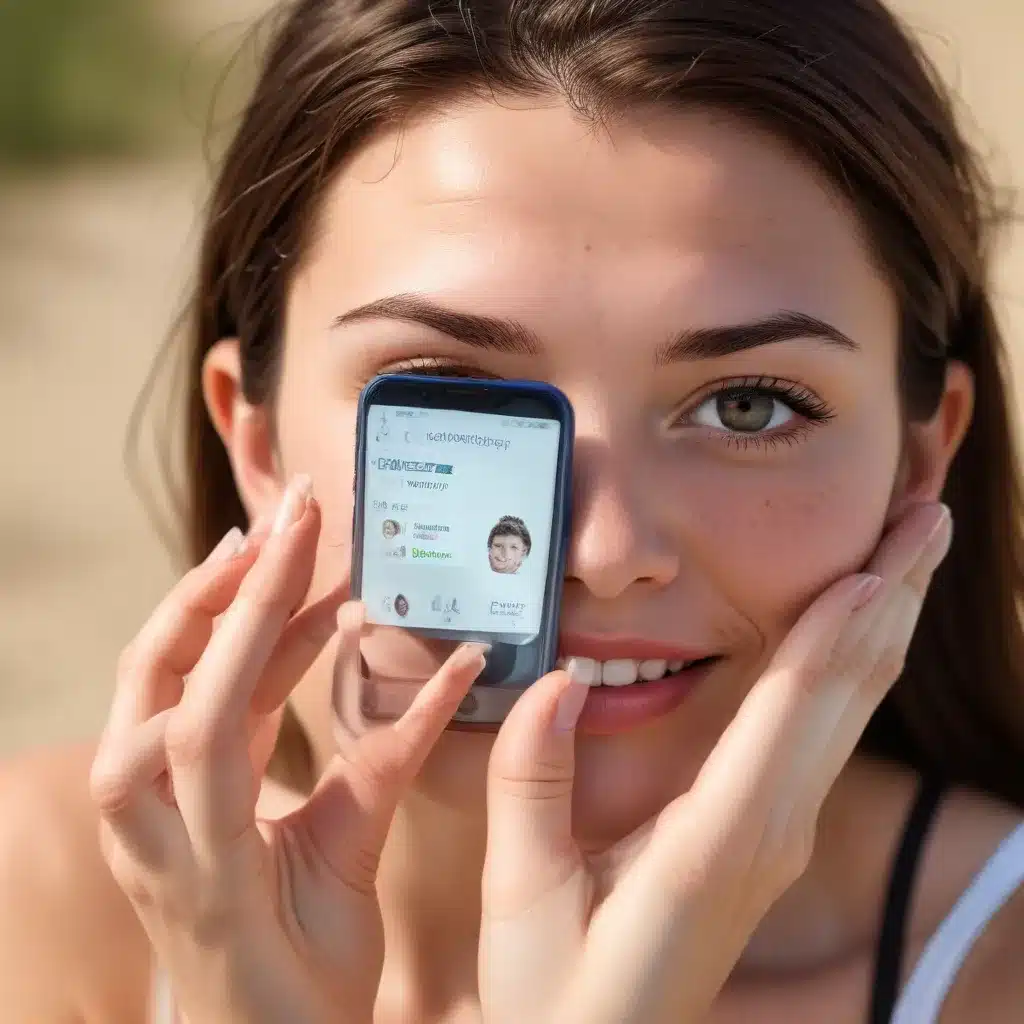
The Rise of Mobile Health Apps in Dermatology
Skin complaints are a common occurrence in primary care, with dermatological presentations accounting for up to 15% of all consultations. As the digital health space continues to expand, mobile applications are becoming increasingly prevalent in the medical field, offering new solutions to address the rising challenge of managing patients with skin conditions.
One such innovative app is Dermabuddy, a secure mobile platform that allows general practitioners (GPs) and trainees to share information and expertise around skin problems, with the goal of identifying the best treatment and management plan for patients. This study, conducted in the Republic of Ireland, aimed to assess the utility and acceptability of the Dermabuddy app among GPs and associated trainees.
Addressing the Dermatology Care Gap in Primary Practice
Dermatological conditions can have a significant impact on a patient’s quality of life, and are often associated with higher rates of depression, loneliness, and social isolation. However, the demand for dermatology care in general practice is often unmet, with data from the Republic of Ireland showing that at the end of 2022, over 39,000 patients were awaiting a public dermatology outpatient appointment, with 20,900 of these patients waiting more than 6 months.
This care gap is particularly pronounced for patients from lower socioeconomic backgrounds and those living in geographically isolated areas, who face greater barriers in accessing optimal dermatological care. Additionally, the variable training and skillsets of GPs in dermatology can contribute to the challenge of managing skin conditions in primary care.
Evaluating the Dermabuddy App: Methodology and Findings
To assess the utility and acceptability of the Dermabuddy app, the researchers conducted a descriptive cross-sectional study, surveying GPs with Irish Medical Council membership. The survey was based on the validated Mobile App Usability Questionnaire (MAUQ), which explores aspects such as ease of use, satisfaction, system information arrangement, and perceived usefulness.
Out of the 1,503 potential participants, 203 GPs (13.5% response rate) consented to take the survey. The results were overwhelmingly positive, with 96% of respondents agreeing that the app was “easy” or “very easy” to use. 87% of participants stated that they would “definitely” use the app again, and 58% gave the app a 5-star rating for its usefulness in their healthcare practice.
The free-text comments provided further insights, with participants highlighting the app’s ability to improve patient care, particularly for those without private health insurance who would otherwise face long wait times to see a dermatologist. Respondents also valued the app as an innovative learning tool, allowing them to quickly and reliably seek dermatological opinions.
Embracing Digital Solutions in General Practice
The findings of this study suggest that the Dermabuddy app is a well-received and effective digital tool, providing GPs in the Republic of Ireland with a valuable platform for peer support, specialist input, and the management of dermatological conditions. This aligns with the broader trend of mobile health apps being increasingly utilized by healthcare providers for a variety of functions, including communication, information referencing, and clinical decision-making.
As the demand for dermatology care continues to rise, the integration of mobile health apps, such as Dermabuddy, may offer alternative solutions to address the challenges faced by GPs in managing skin conditions in primary care. These digital tools can help bridge the gap in dermatological expertise and improve patient access to specialized care, particularly for those in underserved communities.
Opportunities for Improvement and Future Considerations
While the Dermabuddy app was well-received overall, the survey responses also highlighted areas for potential improvement. Some participants noted that posts were not always replied to, and there was a desire for more expert input on the platform. Additionally, users suggested enhancing the search functionality and the ability to categorize and revisit historical cases, to streamline the learning and case management process.
The study also revealed insights into the working conditions and priorities of contemporary Irish GPs. Respondents flagged the need for structured advice, specialist input, and peer support, underscoring the value of collaborative digital resources in addressing the time pressures and knowledge gaps faced in primary care. The psychological safety aspect within the app’s community of practice was also highlighted as a potential barrier to full engagement.
As the digital health landscape continues to evolve, further research is needed to assess the long-term adherence, sustained use, and impact of mobile health apps on patient outcomes and healthcare delivery. Additionally, the development of universal standards and validation frameworks for evaluating the quality and safety of these apps will be crucial to ensure their effective integration into clinical practice.
Conclusion: Embracing the Digital Future of Dermatology in Primary Care
This study demonstrates that the Dermabuddy app is an acceptable, desirable, and beneficial digital tool for GPs in the Republic of Ireland, providing a well-functioning platform for peer support, specialist input, and the management of dermatological conditions in primary care. The positive response across various aspects of the app, including ease of use, satisfaction, and perceived usefulness, highlights the potential for mobile health applications to address the growing demand for dermatology care and improve patient access to specialized expertise.
As the digital health space continues to expand, the integration of secure, evidence-based mobile apps like Dermabuddy can offer valuable solutions to contemporary challenges faced by GPs, fostering collaborative learning, improving patient outcomes, and ultimately strengthening the delivery of comprehensive, personalized care in general practice. By embracing these innovative digital tools, the medical community can stay at the forefront of the evolving landscape of healthcare technology.












